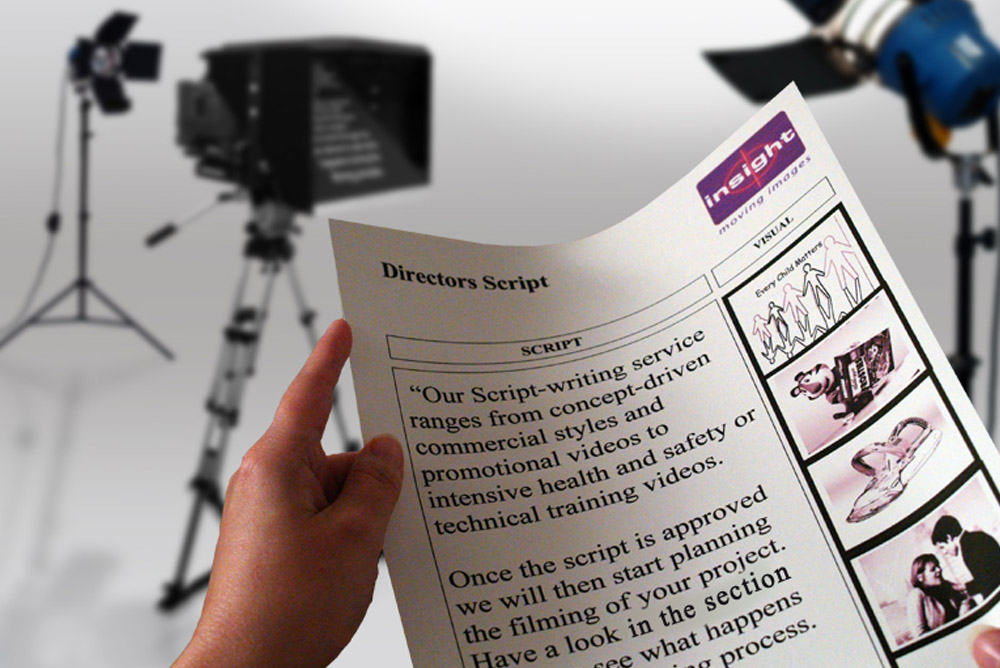Now Reading: The Role of Technology in Democratizing Business Ownership
-
01
The Role of Technology in Democratizing Business Ownership
The Role of Technology in Democratizing Business Ownership

A new kind of front door
There’s a cinematic moment when a small business changes hands: the lights feel different, the rhythms shift, and the people who keep it humming learn new names. Technology is turning that moment from an exclusive, fraught handoff into an open, navigable doorway. Instead of deals trapped behind closed networks and thick legal folders, prospective owners now find clear paths — dashboards, checklists, and shared data — that let capable people take the wheel with far less guesswork and far more confidence.
How platforms make ownership transfers practical
Transfers used to require a patchwork of accountants, lawyers, and patient phone calls; now platforms bring valuation tools, financials, and legal workflows into one secure space. That means buyers and sellers can look at the same ledger, compare scenarios, and move forward without weeks of uncertainty. The result is speed and transparency: what once felt like an opaque rite of passage becomes an auditable, repeatable process.
Team-based models and real-world examples
Beyond simple sales, we’re seeing experiments in collective ownership that feel a little like ensemble filmmaking — everyone has a role and a stake in the story. When teams or community-focused buyers acquire a business and gradually accumulate equity, the handoff preserves institutional knowledge and keeps the place rooted in its community. Those models create bridges from founder-era instincts into sustained stewardship, with employees becoming accountable owners rather than transient staff.
Tools that support owners on day one
Signing the agreement is only the prologue; the real work is running the day-to-day. Modern stacks bundle payroll, accounting, inventory, and performance dashboards into one pane of glass. New owners don’t need to stitch together five different systems; they get a central cockpit that shows runway, cash flow, and immediate tasks, which turns urgent chaos into a set of prioritized actions.
Education, coaching, and ownership culture
Technology is rarely just software — it’s an on-ramp for learning. Bite-sized courses, cohort coaching, and modular playbooks now sit beside operational tools, teaching owners how to read reports, run payroll, and manage teams. That learning layer reduces fear faster than any manual; shared coaching spaces create camaraderie, and peer check-ins make the transition feel less like jumping off a cliff and more like stepping up with a safety line.
Flexible models for modern transitions
Not every founder wants an all-or-nothing exit. Digital systems allow staged handovers: time-based equity, earn-outs tied to performance, and hybrid arrangements where founders remain as advisors. Those flexible structures keep continuity intact and let the business evolve organically rather than snapping into a new shape overnight. Communication, milestones, and progress-tracking all live in the same platform, which keeps both parties aligned as ownership shifts.
A built-in safety net: advisors, templates, and compliance tools
One common reason transfers fail is legal and tax friction: missed filings, unclear clauses, or sloppy paperwork. Platforms now surface compliance checklists, standardized templates, and easy access to advisors, which greatly reduces the chance of surprises. That safety net preserves operations and protects the value everyone fought to build.
How communities benefit when ownership broadens
When ownership widens, communities often gain stability. Locally led businesses tend to invest back into neighborhoods: better employee retention, more thoughtful supplier relationships, and decisions made with community impact in mind. Democratized ownership can slow the churn of storefronts closing and help local economies keep the wealth and stewardship where people live and work.
The role of design and UX in lowering the entry cost
A huge part of democratization is simply making systems legible. Clean interfaces, plain-language prompts, and step-by-step workflows turn intimidating legal and financial processes into manageable tasks. Good design reduces friction and scales confidence: when a dashboard tells you the next action in plain terms, leadership becomes a sequence of choices, not a fog of jargon.
What founders and would-be owners can expect
If you’re thinking about selling or buying, expect a more structured, transparent journey than before. There will be dashboards that reveal where profit lives, tools that model deal scenarios, and networks that offer mentorship and operational support. The transfer becomes less of a gamble and more of a guided transition into stewardship, with measurable checkpoints and clear handoffs.
FAQ
How does technology actually make ownership more accessible?
Platforms centralize key information — financials, legal templates, and workflows — so transactions move faster and with less ambiguity.
Do team-based ownership models really work?
Yes; gradual equity transitions to employees often preserve operations and deepen commitment from the people who run the business daily.
Will a new owner need advanced technical skills?
No — modern tools emphasize simple dashboards and guided steps so owners can manage operations without being tech experts.
Can founders stay involved after selling?
Absolutely; staged exits and advisor roles let founders remain part of the business on negotiated terms.
How are legal and tax issues handled?
Digital systems provide templates, checklists, and advisor connections to help ensure compliance and reduce surprises.
Is democratized ownership better for local communities?
Often yes — locally rooted ownership tends to promote long-term relationships, higher retention, and community-focused decisions.
Which operational tools are most critical for a new owner?
Start with reliable accounting, payroll, and a performance dashboard that highlights cash flow and margins.
Are these models limited to certain industries?
They work best for small, community-facing businesses but the underlying principles — transparency, education, and shared incentives — apply broadly.




















